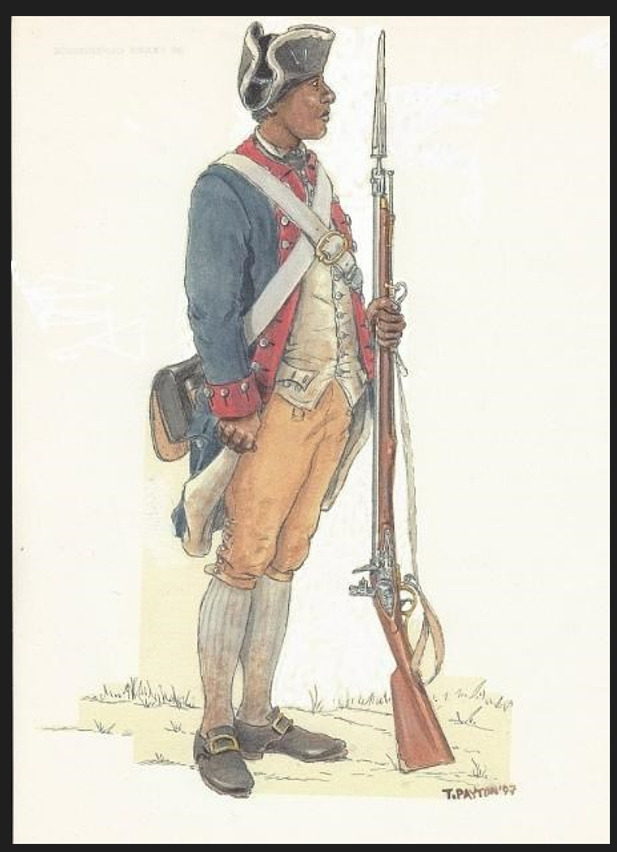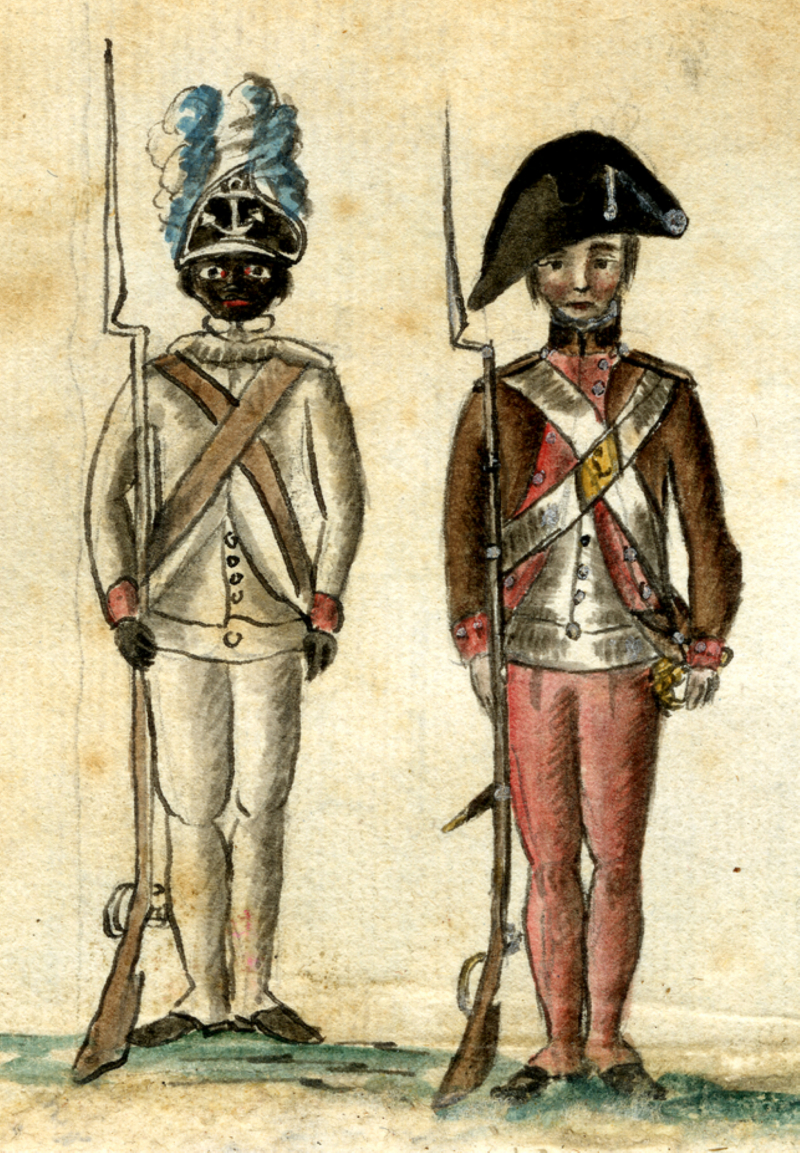Black Patriots can march well and consistently
General William Heath said of the American forces besieging Boston in October 1775: "There are various Regiments in Massachusetts, some of them young soldiers and old men, and some regiments include some blacks. The same was true of regiments from other colonies; Connecticut had fewer black members but several Indians, while Rhode Island had some black and some Indian members. The men from Connecticut, I think, are generally quite fatter than the men in either of the other two colonies. They make excellent comrades and are tremendously powerful and nimble, qualities I've always longed to see on the battlefield." Or 'The Negro can replace his master on the battlefield, hence you'll never find a regiment that does not have a lot of blacks, they're robust and burly,' a German commander wrote about the American Revolutionary army two years later.
The French general Rochambeau's camp aide, Baron Ludwig von Closen, wrote in July 1781, "I got the chance to view the American Army. It was painful to see these brave men, up close. Most of them are not even wearing socks, they're just wearing a pair of pants and a little linen jacket, yet they still appear unbelievably joyful and healthy. They composed of men of all ages, including fifteen-year-old children, white and black, unpaid and affluent, able to march as well and withstanding fire as consistently as so."
To conclude, black patriots were:
- great teammates and extremely strong, agile, and muscular.
- no socks, just a pair of pants and a small linen jacket, but still happy and healthy.
- march well and withstood fire stoutly.









